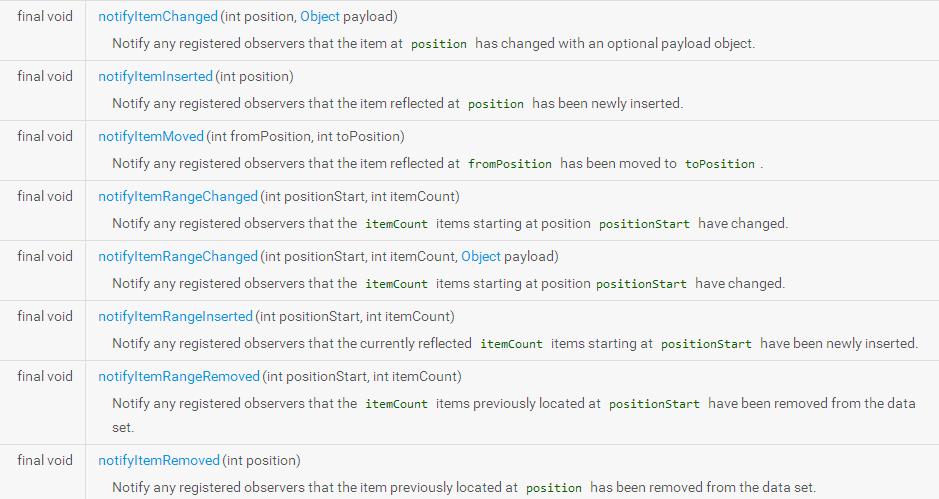編輯:關於android開發
SystemServer是Android系統的一個核心進程,它是由zygote進程創建的,因此在android的啟動過程中位於zygote之後。android的所有服務循環都是建立在 SystemServer之上的。在SystemServer中,將可以看到它建立了android中的大部分服務,並通過ServerManager的add_service方法把這些服務加入到了ServiceManager的svclist中。從而完成ServcieManager對服務的管理。
先看下SystemServer的main函數:
java代碼:
native public static void init1(String[]args);
public static void main(String[] args) {
if(SamplingProfilerIntegration.isEnabled()) {
SamplingProfilerIntegration.start();
timer = new Timer();
timer.schedule(new TimerTask() {
@Override
public void run() {
SamplingProfilerIntegration.writeSnapshot("system_server");
}
}, SNAPSHOT_INTERVAL,SNAPSHOT_INTERVAL);
}
// The system server has to run all ofthe time, so it needs to be
// as efficient as possible with itsmemory usage.
VMRuntime.getRuntime().setTargetHeapUtilization(0.8f);
System.loadLibrary("android_servers"); //加載本地庫android_servers
init1(args);
}
在main函數中主要是調用了本地方法init1(args), 他的實現位於../base/services/jni/com_android_server_SystemService.cpp中
java代碼:
static voidandroid_server_SystemServer_init1(JNIEnv* env, jobject clazz)
{
system_init();
}
進一步來看system_init,在這裡面看到了閉合循環管理框架:
java代碼:
runtime->callStatic("com/android/server/SystemServer","init2");
//回調了SystemServer.java中的init2方法
if (proc->supportsProcesses()) {
LOGI("System server: enteringthread pool.n");
ProcessState::self()->startThreadPool();
IPCThreadState::self()->joinThreadPool();
LOGI("System server: exitingthread pool.n");
}
通過調用com/android/server/SystemServer.java中的init2方法完成service的注冊。在init2方法中主要建立了以ServerThread線程,然後啟動線程來完成service的注冊。
java代碼:
public static final void init2() {
Slog.i(TAG, "Entered the Androidsystem server!");
Thread thr = new ServerThread();
thr.setName("android.server.ServerThread");
thr.start();
}
具體實現service的注冊在ServerThread的run方法中:
java代碼:
try {
Slog.i(TAG, "EntropyService");
ServiceManager.addService("entropy", new EntropyService());
Slog.i(TAG, "PowerManager");
power = new PowerManagerService();
ServiceManager.addService(Context.POWER_SERVICE, power);
Slog.i(TAG, "ActivityManager");
context =ActivityManagerService.main(factoryTest);
Slog.i(TAG, "TelephonyRegistry");
ServiceManager.addService("telephony.registry", newTelephonyRegistry(context));
}
 搭建流媒體服務器
搭建流媒體服務器
搭建流媒體服務器需求:現在需要搭建一台流媒體服務器,為了將主講人的電腦桌面屏幕和聲音直播給遠端的人接收實時觀看,要求延遲在5秒左右。理論上RTSP、RTMP、HTTP都可
 Android之RecyclerView(二),androidrecyclerview
Android之RecyclerView(二),androidrecyclerview
Android之RecyclerView(二),androidrecyclerview 上篇文章對RecyclerView的使用做了簡單的介紹,本篇文章將繼續介紹。Re
 硅谷商城6--購物車編輯實現,硅谷商城6--購物車
硅谷商城6--購物車編輯實現,硅谷商城6--購物車
硅谷商城6--購物車編輯實現,硅谷商城6--購物車 完成狀態
 第二篇 Windows環境下Android Studio安裝和使用教程(圖文詳細步驟),androidstudio
第二篇 Windows環境下Android Studio安裝和使用教程(圖文詳細步驟),androidstudio
第二篇 Windows環境下Android Studio安裝和使用教程(圖文詳細步驟),androidstudio第二篇 Windows環境下Android